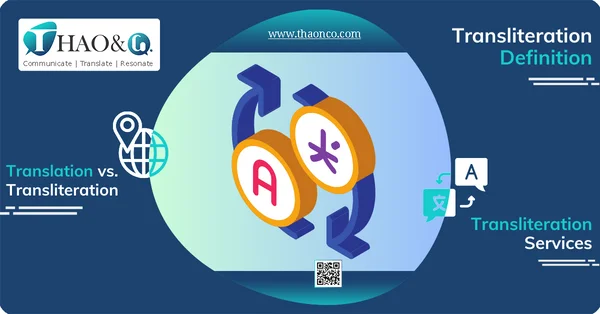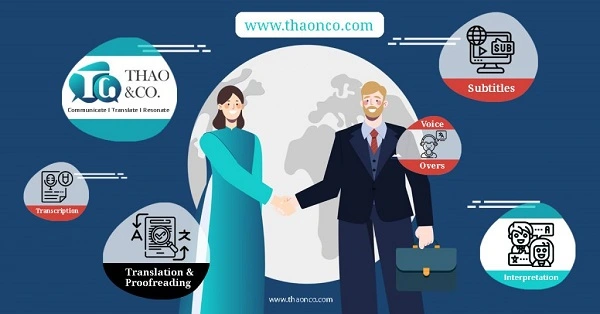The definition of translation is perhaps already familiar to many. However, you may not be aware that transliteration is also a widely applied process aimed at making foreign languages more accessible.
Below, you will find some fundamental information about this topic to help you gain a deeper understanding of this special form of translation.
Transliteration is the process of converting text from one writing system to another. To accomplish this technique, translators must research, compare, and analyze various elements, including alphabet systems, capitalization rules, homophones, cultural factors, and more, to ensure accurate conversion.
Transliteration vs. translation may appear similar, but they are, in fact, distinct processes. Both serve the overarching purpose of facilitating access to foreign languages, albeit in different ways. We delineate some key differentiating points as follows:
Many people often confuse transliteration with phonetic transcription. While they share some similarities, transliteration does not accurately convey the pronunciation of a word as phonetics does. For instance, consider the proper noun “대학로”, a famous street in South Korea, which is transliterated as “Daehak-ro” in English. However, the precise pronunciation of this phrase is “Daehangno”.

In summary, we undertake translation when seeking to understand the meaning of textual content, while we employ the transliteration process when aiming to visually represent foreign languages in a more accessible and readable format.
For example: In Spanish, “Hola” is translated to English as “hello”. Here, the process of translation serves the purpose of ensuring clarity and comprehension of the reader.
On the other hand, if the phonetic representation of the Greek word “γειά” (hello) is transliterated into English, the result would be “geiá”. In this case, only the writing is altered to enable English speakers to access it more conveniently.
Transliteration serves a significant role in the process of language exploration and communication with individuals from foreign countries:
Transliteration is commonly employed for languages with logographic scripts, such as:
Languages using the Cyrillic script:
These languages are typically transliterated during translation to facilitate easier reading and writing.
Below are the most prevalent challenges encountered during the transliteration process:

In general, transliteration is a complex process involving numerous factors that can influence the outcome. Therefore, transliteration should be conducted by experienced linguists.
To ensure that you receive accurate translations and transliterations, please contact Thao & Co. translation agency. We are committed to offering high-quality, reputable, and professional transliteration services.
The translations and transliterations are carried out by expert linguists to ensure accuracy and appropriateness. Furthermore, when utilizing the text & document translation services at Thao & Co., you are assured of the following benefits:
If you require translation and transliteration services, please leave your information on the Get a Quote page. Our specialists will connect with you as soon as possible!
In general, transliteration is a method aimed at facilitating the reading and writing of words and characters in various languages. Those who undertake this task must possess a high level of expertise to grasp the phonetic systems and textual context to produce accurate conversions.